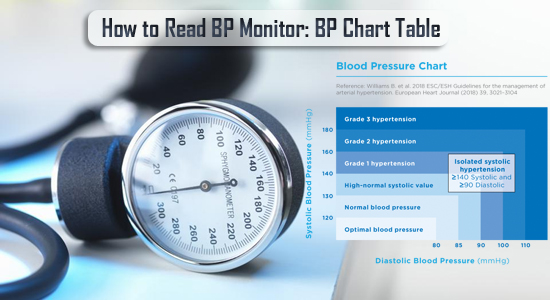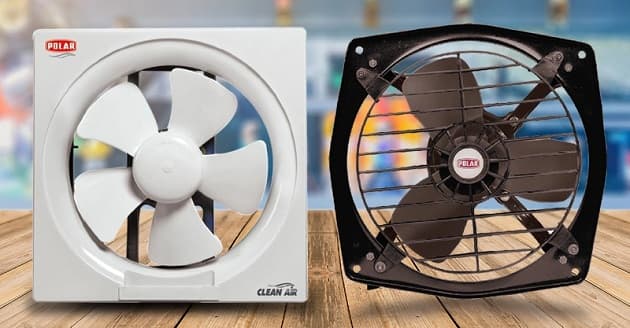Now you have a BP Machine but do you know how to take readings? If you are unsure about this part, don’t worry, as we will help you. In this article, we will tell you how to read BP monitors, and we will also share a BP chart with you to know when your BP is high.
Readings on the BP Monitor

On any BP Monitor, you will see three numbers. Let us tell you a little about all of these three numbers.
- Systolic Pressure – This is the top number on the BP machine. The systolic pressure is the blood pressure pumped in the arteries during the heart contraction. This number will always be a greater one.
- Diastolic Pressure – You will see diastolic pressure below the Systolic Pressure. This is the blood pressure in your arteries between the beats. During this time, the heart is at ease. The diastolic pressure will always be lower than the systolic pressure.
- Pulse Rate – The third number you see on the blood pressure machine is the pulse rate. This can be below the diastolic pressure, or it can be on the right side of the monitor. The average pulse rate is 72 beats per minute.
- Other Notifications – You may also see other icons and notifications on the BP Monitor. This could depend on the type of monitor you own. The general ones are the notification for irregular heartbeat, low battery notification, ok cuff sign, body movement notification, and others. You can refer to the user manual that came along with the BP monitor.
BP Chart & Readings
Now that you know how to read the BP monitor, we can go ahead and understand what the normal range of BP is and what would be considered high blood pressure. Check out the details below.
- Normal – In the case of normal blood pressure, the systolic should be below 120 mmHg, and the diastolic should be below 80 mmHg.
- Elevated – The blood pressure is considered elevated if your systolic is between 120 mmHg and 129 mmHg. Also, the diastolic blood pressure should be below 80 mmHg to be elevated.
- Stage 1 Hypertension – You are considered stage 1 hypertensive if your systolic is between 130 mmHg & 139 mmHg or if your diastolic is between 80 mm Hg & 89 mmHg.
- Stage 2 Hypertension – You are considered stage 2 hypertensive if your systolic is greater than 140 mmHg or if your diastolic is greater than 90 mmHg.
- Hypertensive Crisis – It is a hypertensive crisis for you if your systolic pressure is above 180 mmHg or if your systolic is above 120 mmHg.
If you find yourself on Stage 1, you should seek medical advice for managing your blood pressure. If you are on stage 2, you must get medical attention sooner, but if you are in a hypertensive crisis, you must call the doctor and visit the emergency room immediately.
| Description | Systolic (in mmHg) | Condition | Diastolic (in mmHg) |
| Normal | Less than Equal to 120 | AND | Less than equal to 80 |
| Elevated | 120 & 129 | AND | Less than equal to 80 |
| Stage 1 Hyper-Tension | 130 & 139 | OR | 80 & 89 |
| Stage 2 Hyper-Tension | Greater than Equal to 140 | OR | Greater than Equal to 90 |
| Hypertensive Crisis | > 180 | OR | > 120 |
Final Verdict
You can take a printout of this BP Chart to help you with the reference when you take your readings next time. You can also bookmark this page on your phone, and that will help you with a quick reference of the BP readings. Apart from this, most digital BP monitors come with a RAG status reading to help you interpret the results. The green light glows on the BP monitor when the BP is in the normal range, and the amber light glows on the monitor when the BP is slightly high. Also, the red light will glow when the BP is very high.
By now, you should be able to read the BP monitor properly and interpret the results. If you still have any doubts about it, please feel free to reach out to us, and we will be happy to help you. Thank You

Santosh Kumar is an editor at unfoldstuffs.com and a professional content writer. With years of experience he is passionate for creating engaging, informative and impactful topics.








